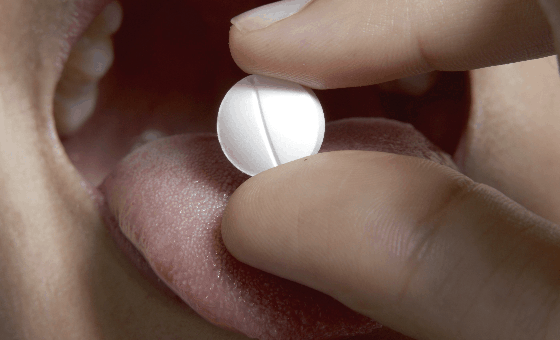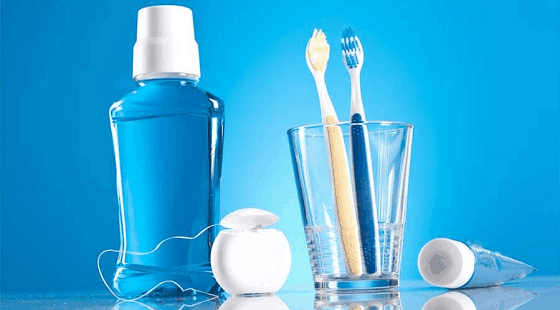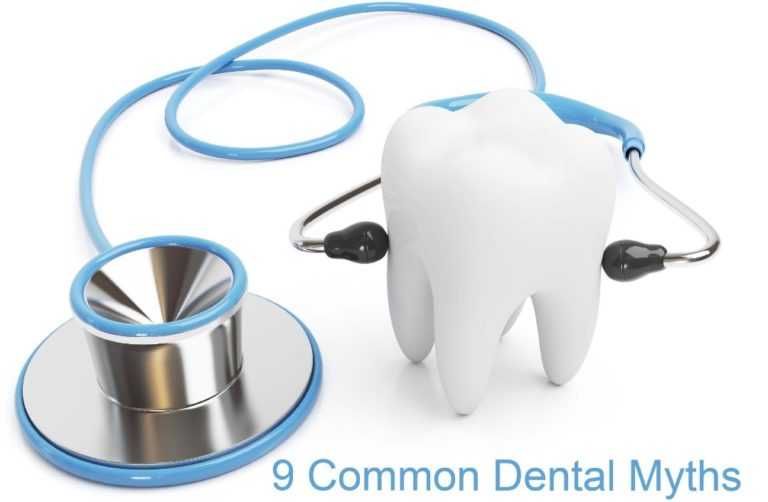Myths can be stubborn misconceptions, while some myths may not be harmful, misconceptions about our health may lead to following the wrong routine. See if any of these common myths are affecting your oral health or general wellbeing.
1. Sugar is the prime cause of cavities
In reality it’s the acid which is produced by bacteria in your mouth that causes severe cavities. What actually the bacteria act is, it digests carbohydrates and sugar that is present in edibles i.e rice, potatoes, bread, fruit, and vegetables.
When you eat food that contains a lot of carbs, the bacteria gets activated and produces acid that causes cavities & eats into your tooth. They can then lurk in the cavity where the toothbrush and floss can’t reach. The bacteria continue to metabolize carbs, produce acids, and your cavity keeps getting bigger.

2. An aspirin directly on the tooth will relieve tooth pain
People use this method as a home remedy to get relief in tooth pain, and which is completely wrong practice. You should never put aspirin directly on or near an aching tooth. After all, if you have a headache you would not put aspirin on your forehead, would you? The only safe and the correct way to take an aspirin tablet is to swallow it.
3. You always know when you have a cavity
While it is true that cavities are often painful, it’s also true that sometimes you don’t feel any pain at all. Most of the time individuals fail to identify the small cavities. Cavities are effectively spotted by dentists. Taking care of cavities is not only about alleviating pain, but it’s also about preventing further decay which can lead to bigger problems or even extraction.
4. All stains can be easily whitened or washed away
Many stains that are formed on your pearly whites may be due to habits like drinking tea, coffee or smoking and these are generally easy to remove since they are extrinsic in nature. However, when the stains are due to ingestion of metals in the body or due to pulp death or developmental defects, they cannot be removed easily. These are intrinsic in nature.

5. Fluoride is Unsafe
With the help of fluoride in the water or toothpaste, tooth decay in children has been dramatically reduced.
However, there’s been an increase in cavities in older people, for a number of reasons. For example, some medications dry out the mouth and reduce saliva.
Saliva is important in fighting tooth decay because it helps neutralize acids, has a disinfectant quality, washes away bacteria, and helps prevent food from sticking to the teeth.
6. Once a tooth is treated, the decaying stops
You may get decay later in other areas of the tooth, but the particular decay that was removed is gone. Once you get a cavity filled – and if you maintain good brushing and flossing techniques – you won’t usually get decay in that spot again.
However, sometimes a filling gets old and the margins where it meets the tooth begin to break down or pull away, and because you can’t reach it to clean it out, bacteria can get in and decay can start again.
7. Bleaching weakens the teeth
Is there any basis behind this fear? Not really. Bleaching only alters the colour of the teeth, not its strength and hardness. Bleaching products are safe if used as per the manufacturer’s instructions.
These are just a few of the dental myths that you may have heard but there are many more in circulation. Please stay tuned to our blog as we continue to correct wrong dental information that can cause you unnecessary future complications.
8. Coffee makes the teeth yellow
Coffee is not the only beverage that makes the teeth yellow-ish. For a regular coffee drinker, health-wise coffee is bad for the body but it can’t be avoided. According to the people, the dark colour of the coffee makes the teeth yellow.
The reason behind this is that while extracting the coffee from the tree there is a substance called tannins that gives the coffee a dark tone. The tannins get stuck to your teeth that can be removed while brushing. The compound creates acids that soften the enamel, allowing the stain to penetrate and make it difficult to remove with brushing.
Coffee is not the only thing that increases the growth of bacteria inside the mouth. Many food and beverages promote the growth of bacteria inside the mouth. The saliva is the solution to get rid of the satins and can repair the enamel but water and fluoride have to contribute equally.
It is easy to remove the coffee stains from the mouth by Brushing after Coffee, Using a Straw, Rinsing, Getting Regular professional Cleanings.

9. Wisdom teeth
It is said that wisdom tooth should be removed or else it will cause problems. But, it is not the true Wisdom tooth occurs between the age of 17 to 21 years. They are called wisdom tooth as they occur at a mature age.
Not everyone has a wisdom tooth. Some people have wisdom teeth underneath their gums that never erupt. Half of the population does not have wisdom tooth. It is detected when the dentist takes an X-ray of it.
References:
Expert opinion
- Dr. Manan Dhulia Dental Director of Sabka dentist says “Preventive dental checkups play a significant role to identify cavities in its early stage. Make sure to visit the dentist twice a year to keep your teeth strong.”
- Dr. Reena Waghela Dental Director of Sabka dentist says “It’s not the number of carbohydrates you eat that causes tooth decay, but the number of times your teeth are exposed. If you eat a lot of carbs for lunch, that’s a big exposure. But if you spend the day sipping some sugary drinks, that’s continuous exposure — and much more dangerous for your teeth.”
- Dr. Jena Shah Dental Director of Sabka dentist says “People should be educated about dental health so they can differentiate between what is good and bad.”





